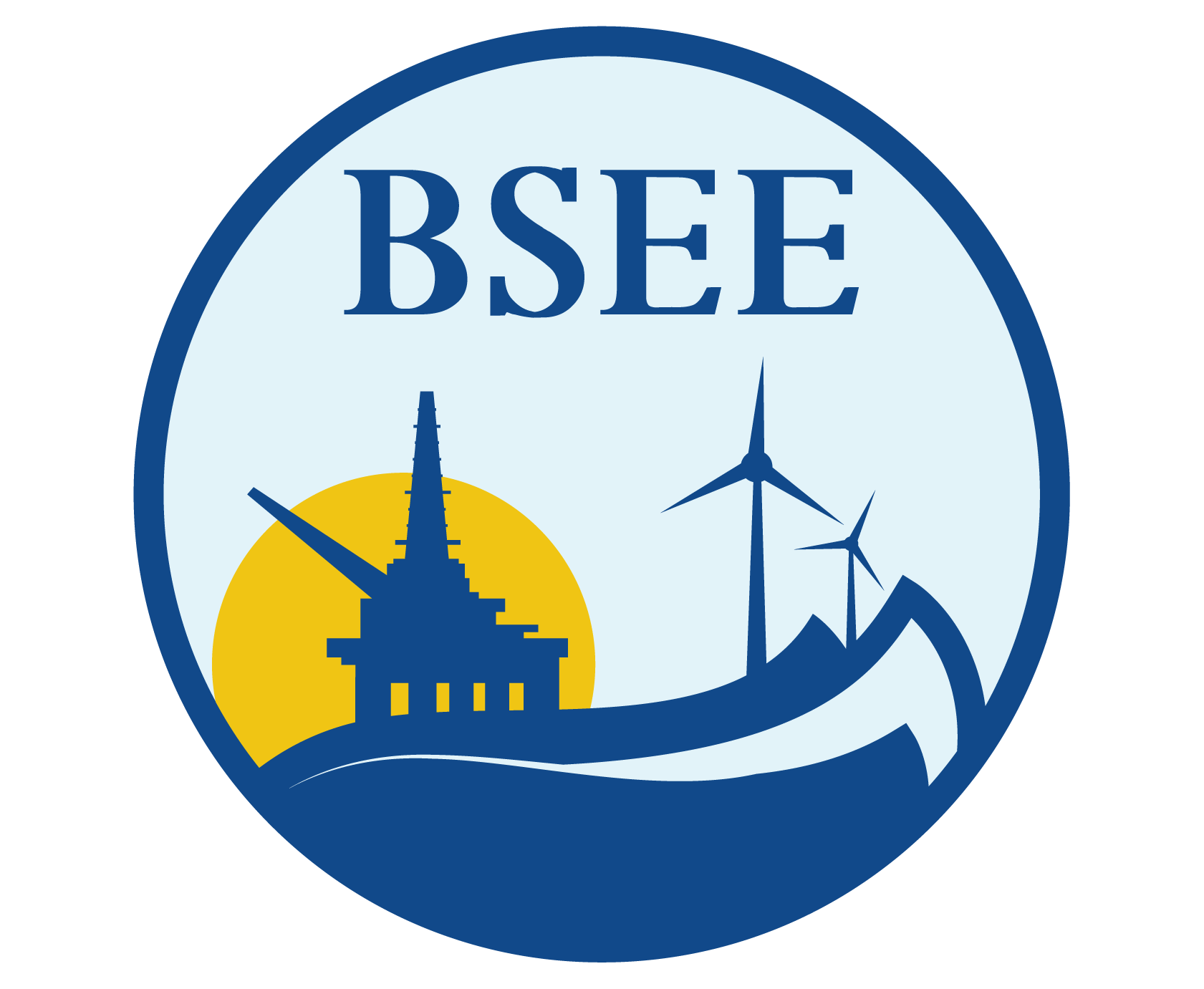TAP-645-The Performance of Drag Embedment Anchors
Reliable deepwater anchor performance is critical for mooring floating Mobile Offshore Drilling Units (MODUs). Anchor failure can result in MODUs going adrift and colliding with other topside structures as well as dragging anchors that can damage subsea pipelines, seafloor production systems and natural sealife communities.
